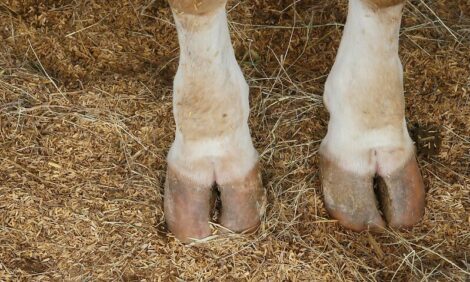



New Biosecurity Research Shared at North American PRRS Symposium
ANALYSIS - Biosecurity was a hot topic at the North American PRRS Symposium held recently in Chicago, and several studies were presented examining disease prevention and new approaches to measure biosecurity efforts.Dr. Daniel Linhares, assistant professor at Iowa State University, spoke to ThePigSite's Sarah Mikesell at the North American PRRS conference in Chicago in early December.
"We're interested not only in general biosecurity, but the biosecurity specific for Porcine Reproductive & Respiratory Syndrome (PRRS) virus, so measures to prevent PRRS outbreaks in sow farms," Dr. Daniel Linhares, assistant professor at Iowa State University. "We showed data we're developing, including objective ways to measure biosecurity. We are correlating that score with the frequency of virus introduction in the sow farm over a number of outbreaks in the previous three, or four, or five years."
Preliminary data showed a correlation - the higher the score, the more likely the farms were to have larger numbers of outbreaks, and the lower the score, the fewer number of outbreaks on the farm.
Linhares said the next step is to develop a new study in conjunction with the University of Minnesota and the Swine Health Information Center, asking producers interested in PRRS to enroll their farms in this study. The objective is to enroll farms with low and high frequency of PRRS introduction.
"We're going to compare the biosecurity aspects of those farms, where they are located, number of pig movements, numbers of days and number of deaths to gather some information from low incidence PRRS virus and high incidence of PRRS outbreaks," he said. "We're interested in better understanding the differences and developing better scores to predict and at least to correlate with the frequency of outbreaks."
He invites producers across the US that are interested in biosecurity to enroll in the study. It's a very simple process and includes a short survey.
"If we can understand what are the factors associated with PRRS introductions in the farm, that means we can minimize and make changes to reduce the risk," he said. "We know PRRS outbreaks can cost $500,000 for a 2,500 sow farm. The less PRRS outbreaks you have, the more cost efficient you are."
Dr. Linhares presented his research at the North American PRRS Sysmposium, sponsored by Boehringer Ingelheim.









